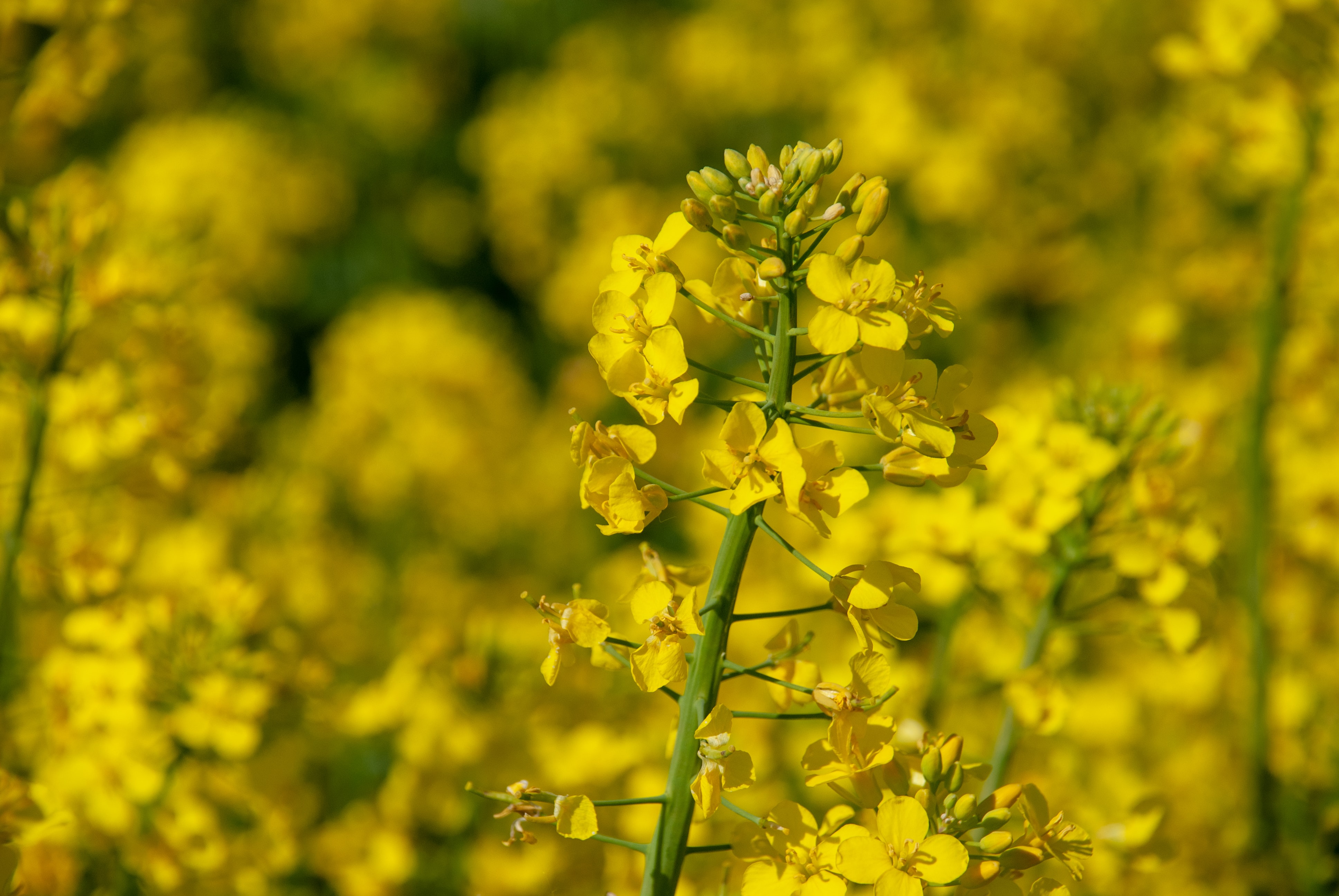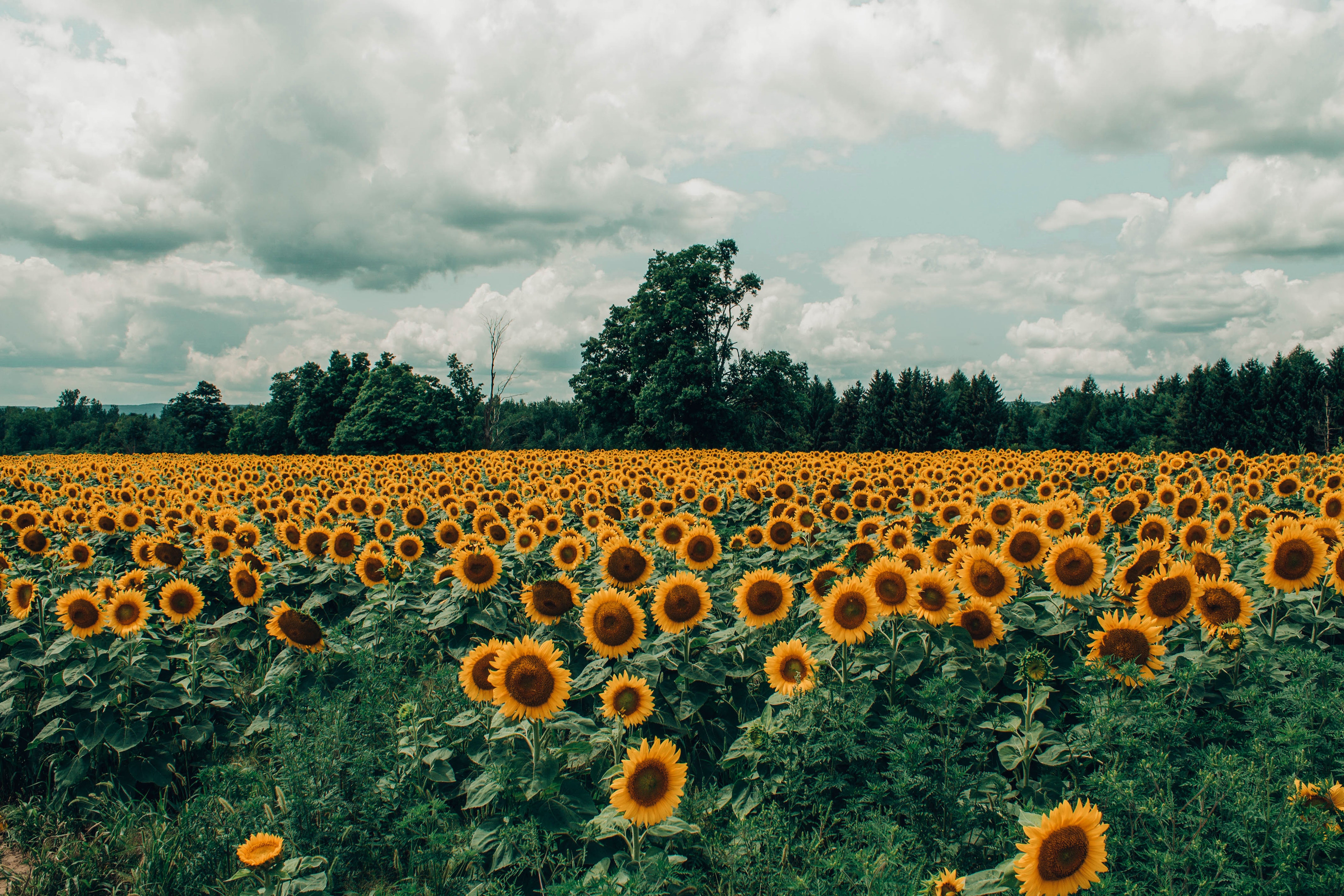A new Instagram trend sees dog owners posing for pictures in fields of flowering Rapeseed, but Head Vet Sean McCormack, at tails.com, warns that it can be dangerous to dogs who have a sensitivity.
According to the Dogs Trust, rapeseed is amongst the many plants that can be poisonous to pets, along with hyacinth, bluebells and daffodil bulbs. But thankfully there’s still plenty of beautiful greenery you can pose in front of that is safe for you and your pooch.

Picture of Rapeseed which is one of the flowering plants to avoid with your dog.
Experts at tails.com have created a guide to plants that won’t harm your dog.
Sunflower Fields
Sunflowers usually bloom from the middle of summer through to early autumn – so from July to September. The best time to see them in the fields is from August, depending on the weather.

Daisy Fields
Britain's beloved playground favourite, daisies, usually bloom from March to October but sometimes all year round, if winters are mild.

Lavender Fields
You’d naturally assume you can only find lavender fields in France. However, there are a few lavender fields dotted around the UK. Lavenders usually bloom during early June to mid-August!
Before visiting your local flower field, double-check online for any announcements and whether they are dog friendly!
Got a naughty pooch? Here’s how to stop your dog from eating dangerous plants:
Be a bit more observant and ready to intervene if you see a snout heading where it shouldn’t. Whether in the garden or out for a walk, if your dog starts sniffing a harmful plant, a quick, sharp ‘no’ should do the job. But keep in mind you might have to physically remove your dog from the plant – or indeed a part of the plant from your dog’s mouth.
Remember, if you’re in any doubt about whether they’ve ingested part of a dangerous plant, you should visit your vet as soon as possible, and if you can, take the plant with you to help your vet identify what your dog’s eaten. Having the plant to hand will help your vet correctly diagnose your dog. Treatments can range from simply making your dog sick to treating them for toxicity, even surgery if necessary.
You know your dog better than anyone. If you feel like there’s something wrong - or common problems such as constipation or diarrhoea don’t seem to go away after a few days - don’t hesitate to take your dog to the vet.







